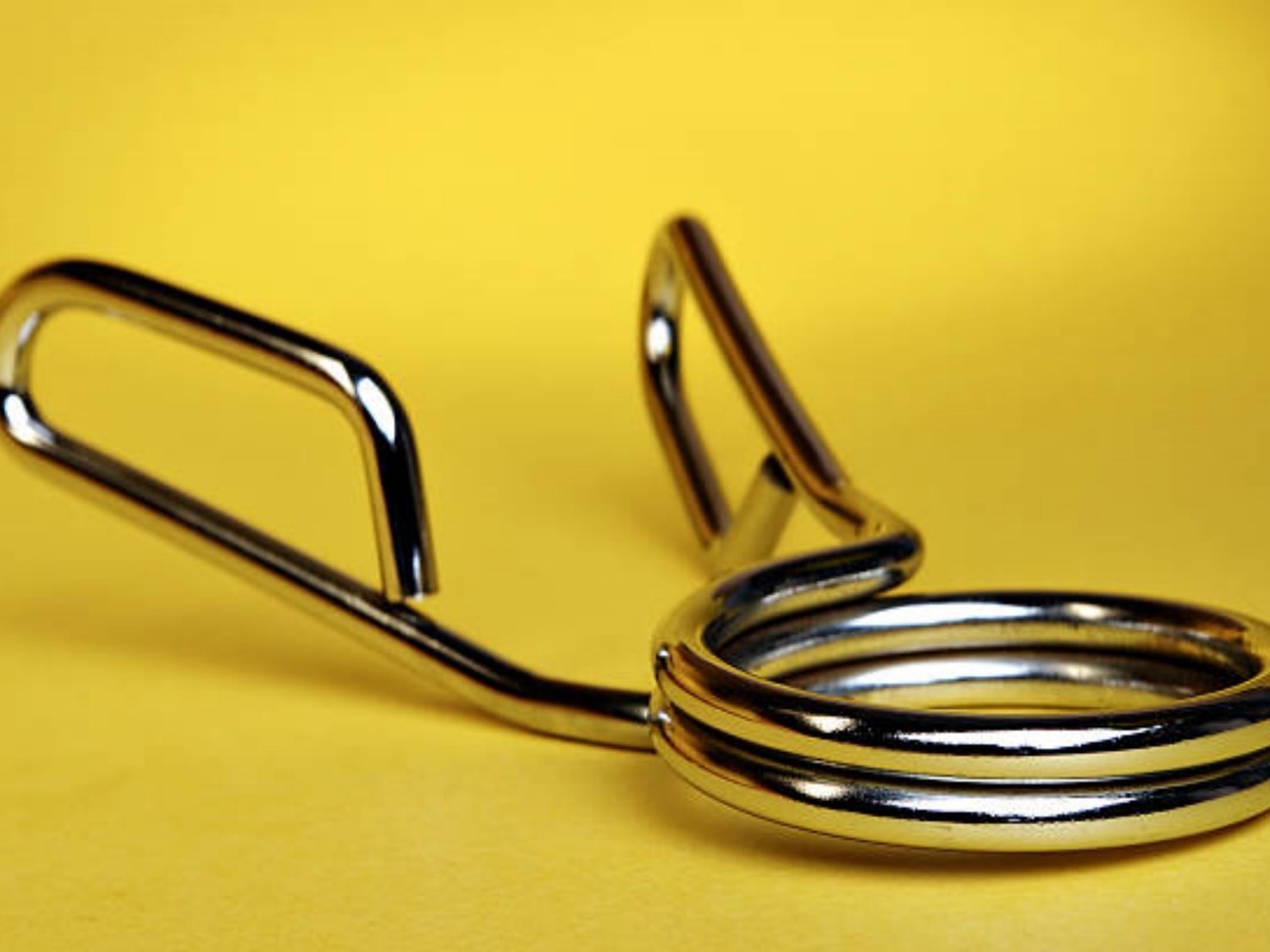The Ultimate Guide to heavy duty tension springs
Introduction: Understanding the Importance of Heavy Duty Tension Springs
Heavy duty tension springs are a vital component in various industries, providing the necessary force to counterbalance or support heavy loads. These springs are designed to withstand high levels of tension and are commonly used in applications such as automotive, aerospace, manufacturing, and construction. In this comprehensive guide, we will explore the different aspects of heavy duty tension springs, including their design, applications, benefits, and maintenance.
1. What are Heavy Duty Tension Springs?
Heavy duty tension springs, also known as extension springs, are mechanical devices that store and release energy. They are typically made from high-strength materials such as stainless steel or carbon steel and are tightly wound to store potential energy when extended. When the force is removed or reduced, the stored energy is released, returning the spring to its original position.
2. Design and Construction
Heavy duty tension springs come in a wide range of sizes and designs to suit different applications. The design of these springs is crucial to ensure optimal performance and longevity. They are typically manufactured with a variety of end configurations, including hooks, loops, or threaded ends, to facilitate attachment and installation. The wire diameter, coil diameter, and coil length are carefully determined based on the required load and deflection characteristics.
3. Applications of Heavy Duty Tension Springs
Heavy duty tension springs find extensive use in numerous industries due to their ability to provide reliable force and support. Some common applications of these springs include:
3.1 Automotive Industry
In the automotive industry, heavy duty tension springs are used in suspension systems, clutch mechanisms, and braking systems. These springs play a crucial role in absorbing shock and maintaining stability while ensuring smooth movement.
3.2 Aerospace Industry
Within the aerospace industry, heavy duty tension springs are employed in aircraft landing gear systems, cargo doors, and control surfaces. These springs must withstand extreme temperatures, vibrations, and high loads, making them an integral part of safe and reliable aircraft operation.
3.3 Manufacturing Industry
In the manufacturing industry, heavy duty tension springs are utilized in conveyor systems, industrial machinery, and assembly lines. These springs provide the necessary tension to ensure proper alignment, control motion, and counterbalance heavy loads.
3.4 Construction Industry
Heavy duty tension springs are also essential in the construction industry, where they are commonly used in garage doors, overhead cranes, and elevators. These springs enable smooth operation, prevent excessive strain, and ensure the safety of both equipment and personnel.
4. Benefits of Heavy Duty Tension Springs
Heavy duty tension springs offer several benefits that make them the preferred choice in demanding applications:
4.1 High Load Capacity
These springs are designed to withstand heavy loads and provide consistent force over extended periods. They are capable of generating substantial tension to support or counterbalance heavy objects.
4.2 Durability and Longevity
Heavy duty tension springs are manufactured from durable materials, ensuring longevity even in harsh environments. By selecting the appropriate material and incorporating corrosion-resistant coatings, these springs can withstand extreme temperatures, moisture, and chemicals.
4.3 Customizability
Manufacturers can tailor heavy duty tension springs to meet specific requirements. By adjusting the wire diameter, coil length, and other design parameters, the springs can be optimized for various load capacities, deflection rates, and space constraints.
4.4 Cost-Effective Solution
Heavy duty tension springs offer a cost-effective solution due to their long lifespan and minimal maintenance requirements. Their reliable performance ensures reduced downtime and increased productivity, resulting in overall cost savings.
5. Maintenance and Care
Proper maintenance and care are essential to maximize the lifespan and performance of heavy duty tension springs:
5.1 Regular Inspection
Periodically inspect the springs for signs of wear, damage, or deformation. Replace any worn-out or damaged springs promptly to prevent failures that could lead to accidents or equipment damage.
5.2 Lubrication
Apply a suitable lubricant to the spring coils to reduce friction and wear. Lubrication helps maintain smooth operation and prevents the formation of rust or corrosion.
5.3 Temperature Considerations
Ensure that heavy duty tension springs are not exposed to extreme temperatures beyond their specified limits. Extreme heat or cold can affect the material properties and lead to premature failure.
5.4 Storage
When not in use, store heavy duty tension springs in a clean and dry environment to prevent contamination or damage. Avoid placing heavy objects on top of the springs, as this can cause deformation.
6. Conclusion
Heavy duty tension springs are indispensable components in various industries, providing the necessary force to support or counterbalance heavy loads. Their design, applications, and benefits make them a preferred choice for demanding applications where reliability and durability are paramount. By following proper maintenance practices, these springs can offer extended service life and ensure the smooth operation of equipment and systems.

